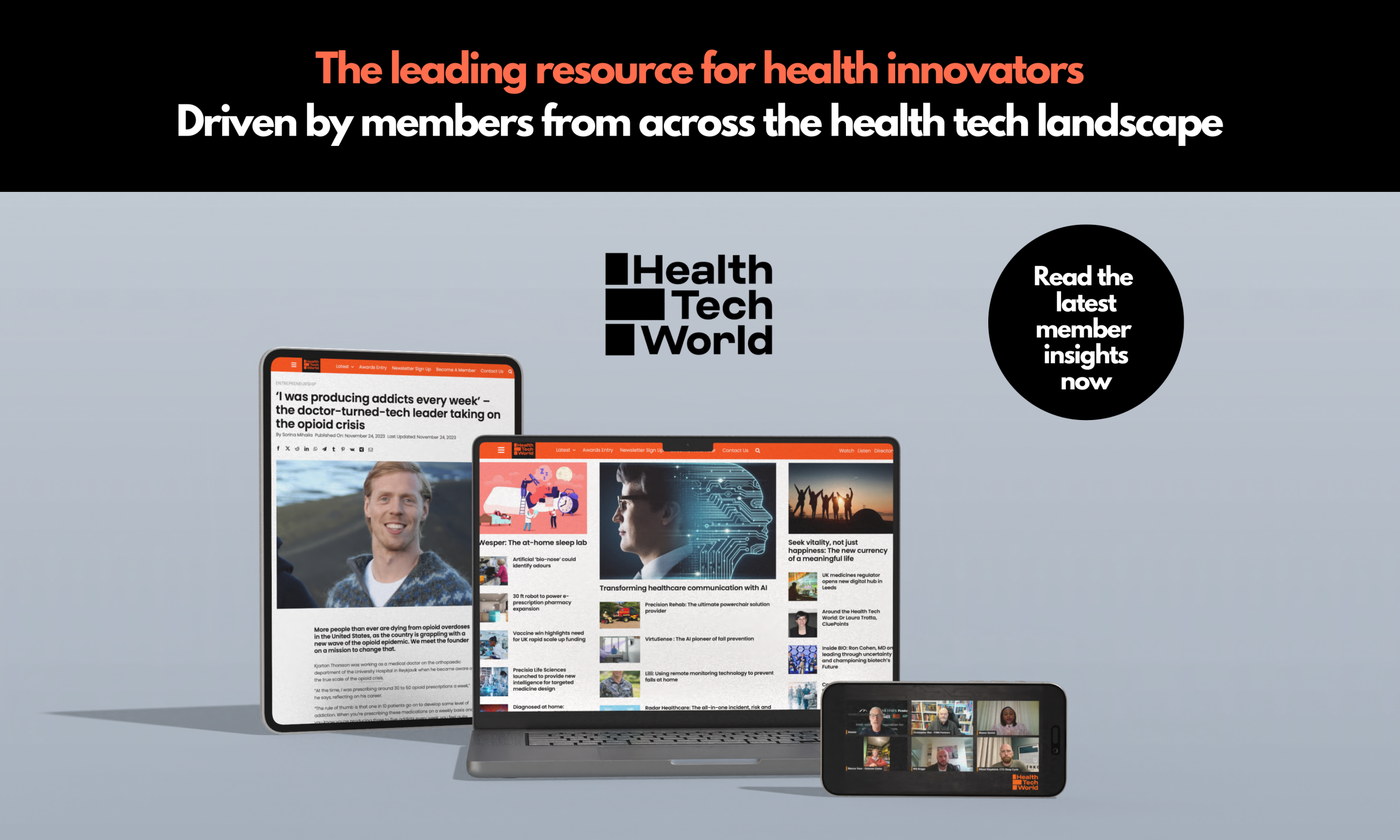Opinion: What longevity brands need to change to reach the next tier of health-conscious consumers

Nicolas Breuil, Marketing and Business Development Director at global brand studio Koto, explores what longevity brands must change if they want to reach beyond early adopters and connect with the next generation of health-conscious consumers.
With wearables going mainstream and “healthspan” entering dinner-table vocabulary, it’s clear that longevity is no longer the domain of Silicon Valley founders and obsessive self-optimisers.
However, with this new-found interest in health, brands in the space are going to face a new challenge.
They’ll need to evolve from niche science into something culturally relevant, emotionally resonant, and commercially scalable if they want to capitalise on this shift.
Why is it, then, that most longevity brands are still preaching to the converted? Their language, UX, and messaging are built for data-literate early adopters, not the growing number of people who care about health but don’t identify as biohackers.
If the goal is mainstream adoption, the playbook needs a reset.
That means marketing to the right customer at the right stage of the longevity ladder and not overselling frontier science to someone already focused on sleep and diet; or pitching basic wellness habits to someone already investing in advanced diagnostics.
Relevance depends on knowing exactly where your audience stands, and meeting them with the right mix of science, culture, and aspiration for that level (while preparing them for the next).
Speak human, not hacker
Too many longevity brands still lead with metrics, like VO₂ max, NAD+ levels, glycan age, but most people still don’t talk about their health this way.
They talk about feeling off, struggling with energy, wanting more focus, or just wanting to stay well for their kids.
To resonate with the next tier of health-conscious consumers, the ones who track sleep, take vitamins, and may wear an Oura ring, brands should reframe their language and decide where emotional relevance can beat technical precision.
Ritual and AG1 do this brilliantly by simplifying the science into a single, clear benefit, while Function Health is great at wrapping complex diagnostics into one dashboard and one clear action plan.
UX that calms
The rise of wearables and testing platforms has created a data-rich user experience, which seems like a positive – and it is in many ways – but it also creates a digital environment that can get overwhelming very quickly.
When you ask someone to wear something 24/7 and act on personalised insights, the interface shouldn’t feel like a drill sergeant. It should feel more like a co-pilot.
Garmin has found a real strength here thanks to how it paces information and personalises motivation.
Oura’s recent lifestyle pivot – clear in its latest campaigns and the launch of its ceramic range rings – is a strong example. It shifts the focus from raw metrics to feeling good and staying consistent.
Our team often frames this as “empathy made functional,” meaning that design must balance clarity, tone, and timing to help people act without anxiety.
Reframing aspiration
Right now, longevity is often sold as an elite pursuit in the form of concierge bloodwork and $40,000 wellness packages.
Brands that want to scale beyond the niche have to reframe longevity not as a luxury, but as the next step in everyday self-care.
That starts with shifting the aspiration from peak optimisation to living with energy and purpose.
Campaigns like Oura’s “Give Us the Finger” reframe wearable health as something warm, human – and even funny.
Bryan Johnson’s Blueprint might dominate headlines, but it’s brands like Midi and Maven – tackling hormone health and prevention for women – that are building emotional resonance and long-term relevance.
Neko Health points to another path that combines cutting-edge diagnostics with experience design that feels more like Apple than a lab.
Their Manchester launch video didn’t sell scans; it sold care framed as love, staying healthy not just for yourself, but for the people who rely on you.
The lesson is pretty simple: longevity brands will only break out if they fuse function and emotion, and express it using plain, human language.
The shift needs to be more than clinical, moving from selling a culture of fear to celebrating vitality and presence.
Those who embrace this reframing will rise above the sterile, lookalike codes of wellness and define longevity not as an exclusive pursuit, but as a shared aspiration.
Clarity over complexity
The bottom line is that, if longevity is to become a cultural category, clarity must sit alongside science, data must create confidence, and rituals must translate into long term behaviour change.
We believe that the biggest shift is tone, moving from hustle and performance to health and presence, and putting meaning ahead of metrics.
Longevity isn’t just a scientific frontier, it’s a storytelling challenge.
The brands that will lead the next era of health aren’t the ones with the most biomarkers or biggest datasets, but the ones that know how to connect.
That means speaking to everyday motivations, designing for real life, and making people feel seen, not sold to.
If brands can reframe longevity from a niche obsession into a normalised behaviour – something we plan for, talk about, and invest in like we do fitness or skincare – then they won’t just ride the wellness wave.
They’ll help shape the future of health.







